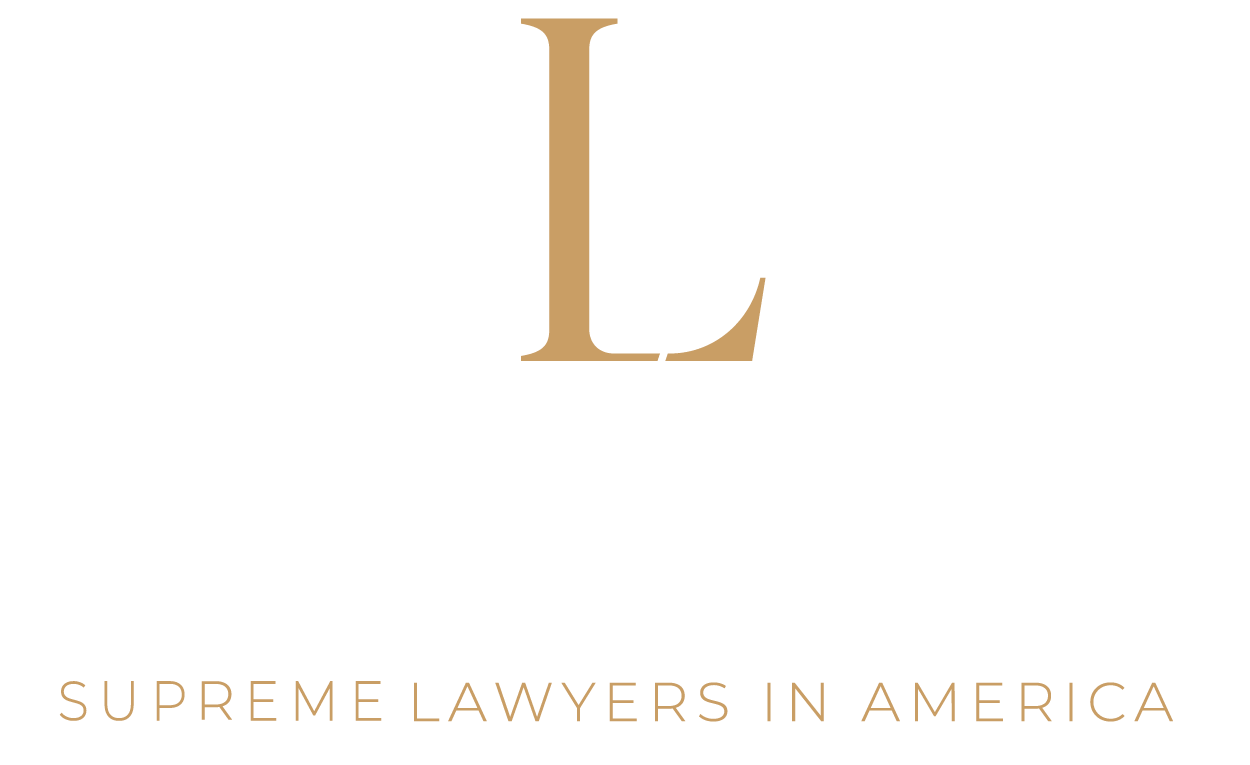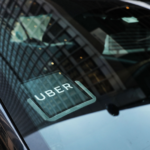Abstract
We live in the amazing era of social media, technology, and internet that has completely transformed our day to day life. Earlier as we don’t have mobile phones or internet the only access we have was print media like , newspaper, radio, television but now anyone can make there own content on social media platforms, as of now we are very acknowledged with the word «VIRAL» which has the ability to spread the content we are dealing with to thousands of users it has been one of the major platform for the people for interaction which could be either personal or professional work, or it could be related to any entertainment purpose or academic purpose it also contains our personal details to should be properly legally govern or regulated by the government to protect the people from the cyber crime.
Key Words- Social media, Cyber crime, IP Act, Legislation, intermediaries
Introduction
The landscape of social media-related law is evolving. In the past few years we have seen a boon in the usage of internet in India with the tenth of the country’s population now considered the active user of the internet. India like all country is increasingly dealing with the legal aspects of the growth of internet being proving incomplete or in some cases being re-purposed as blunt instrument of state power. Social media law is very evolving area of the law that includes both criminal and civil aspects together. Basically, it covers legal issues related to user-created or generated content and the online sites that host or transmit it. Some of the most important legal concerns raised by social media include privacy of there content including the rights of both social media users and third parties (for example, when photos are posted and used online without the permission of the people depicted); defamation; advertising law; and intellectual property (IP) law. Sometimes the material that is shared by social media infringe on a copyright, a trademark, or other IP.
Social Media Content Regulations
Laws on social media is regulated by the Information and Technology Act2. Which came in the year of 2000 to control, regulate and deal with the problem arising out of information
technology Section 66A of the IT Act has been enacted to regulate the social media law in India and assumes importance as it controls and regulates all the legal issues related to social media laws in India. The section clearly specify and restricts the transmission, posting of messages, mails, and comments which can be offensive or unwarranted or are against the rights of the individual. The offending message could be in any form of text, image, audio, video or any other electronic recording which is capable of being transmitted. In the current scenarios such given powers under the IT Act provides a tool and gave the Government to curb the misuse of the Social Media Law India in any given form. However, in 2015, in a landmark judgments which provides with the right to free speech in recent times, the Supreme Court in Shreya Singhal and Ors. vs Union of India3, struck down the Section 66A of the Information & Technology Act, 2000. The ruling which is being lauded by the common man and legal luminaries alike, found the Cyber law provision to be open-ended, vague and void and unconstitutional owing to the restriction it caused to the Indian citizens’ right to free speech and expression.
The Indian government has issued new laws for social networking sites, messaging services, over-the-top platforms, and news portals.
The Information Technology (Guidelines for Intermediaries and Digital Media Ethics Code) Rules, 2021 are the name of these regulations (Rules). Even foreign digital firms operating in India, such as WhatsApp, Facebook, Twitter, Netflix, and Amazon, will be required to follow these rules.
Until now, India’s digital media expansion has been largely fueled by a modest regulatory environment. However, given the growing worries about the information and material available on social media and OTT platforms, both domestically and internationally, the government was expected to issue precise digital media rules.
The Rules for social media platforms such as Twitter, Facebook, and others focus on concerns such as fake news, phoney user accounts, and platform monitoring of illegal content. On social media networks with a larger user base, more compliances are placed. The obligation to identify the source of communications in the event of mischief is a critical feature unique to messaging services.
Ministry of Electronics and Information Technology to Administer Social Media Guidelines:
Intermediaries Must Exercise Due Diligence: The Rules require intermediaries, including social media intermediaries, to exercise due diligence. Safe harbour provisions will not apply to the intermediary if due diligence is not undertaken.
The Rules strive to empower users by requiring intermediaries, including social media intermediaries, to develop a grievance redressal procedure for accepting and addressing complaints from users or victims4. Intermediaries5 must select a Grievance Officer to handle such complaints and share the officer’s name and contact information. Within twenty-four hours of receiving the complaint, the Grievance Officer must recognise it and address it within fifteen days.
Ensure user safety and dignity online, particularly for women: Intermediaries must remove or disable access to content that exposes persons’ private regions, shows them in full or partial nudity or in a sexual act, or is in the nature of impersonation, including altered photos, within 24 hours of receiving complaints. A complaint can be lodged by the individual or by someone acting on his or her behalf.
Social Media Intermediaries are divided into two categories: The Rules distinguish between social media intermediaries and substantial social media intermediaries to stimulate innovation and enable the establishment of new social media intermediaries without imposing significant compliance requirements on smaller platforms. The quantity of users on the social media network is used to make this distinction. The government has the authority to announce the user base criterion that will distinguish between minor and major social media intermediaries. The Rules impose additional due diligence requirements on major social media intermediaries.
Significant social media intermediaries that provide services primarily in the nature of messaging shall enable identification of the first originator of information that is required only for the purposes of preventing, detection, investigation, prosecution, or punishment of an offence related to India’s sovereignty and integrity, security, friendly relations with foreign states, or public order, or incitement to an offence related to the above, or incitement to an offence related to the above, or incitement to an offence related to the above, or incitement to The contents of any message or any other information are not required to be disclosed to the primary originator by the intermediary.
A physical contact address in India must be provided on a significant social media
intermediary’s website, mobile app, or both.
Users who voluntarily want to verify their accounts will be given an adequate way to do so, as well as a tangible and visible mark of verification.
Giving Users a Voice: In the event that a major social media intermediary removes or bans access to any content on their own initiative, the user who shared that information will be notified in advance, together with a message outlining the grounds and reasons for such action. Users must be given a sufficient and reasonable opportunity to contest the intermediary’s actions.
Removal of Illegal Information: An intermediary should not host or publish any information that is prohibited under any law in relation to the sovereignty and integrity of India, public order, friendly relations with foreign countries, etc., unless it receives actual knowledge in the form of an order from a court or is notified by the appropriate government6 or its agencies through an authorised officer.
The Rules will take effect three months after they are published in the Gazette, with the exception of the additional due diligence for large social media intermediaries, which will take effect three months after the Rules are published.
The Ministry of Information and Broadcasting will administer a digital media ethics code relating to digital media and OTT platforms:
There has been significant worry about digital content difficulties on both digital media and OTT platforms. Civil society, filmmakers, political officials, including the Chief Minister, trade organisations, and associations have all expressed their concerns and emphasised the critical necessity for an institutional system. Civil society and parents also lodged several complaints with the government, asking help. Many court cases were filed in the Supreme Court and the High Courts, with the courts urging the government to take appropriate action.
Under the command of Information and Technology Statute
Article 19(1)(g) of the constitution protects rights to free speech and expression irrespective of the medium of communication. Article 19(2) permits reasonable restrictions to be placed on the rights in the view of public policy concerns. According to the IT Act numerous provisions that can be used to censor online content. Under Section 66A, 69A and 79.
- • Section 66A of the IT Act has been enacted to regulate the social media law in India and give importance as it regulates all the legal issues related to social media law India. This section clearly restricts the transmission, posting of messages, mails, comments which can be offensive or unwarranted or hurtful. Section 66 has probably received the most media scrutiny over the last year or so due to the many arrests that has been made under this section (notably the arrest of two teen girls in Palghar7, Maharashtra in November 2012.This provision criminalizes the practice of sending or emailing an offensive message using a computer resource or mobile phone.
- • Because of the broad phrasing of the provision, it can be used to criminalise almost any behaviour on the Internet (including that which would not be considered a crime in the physical world), as various activists and others have been arrested for posting critical comments about political parties or individuals (usually, as illustrated by the aforementioned Palghar case, for posting completely innocuous comments). Following great public outrage over the misuse of this clause, a Public Interest petition was brought in India’s Supreme Court, which read down the provision, stating that the powers under the section (of arrest) should only be utilised on the orders of a senior police official. However, the provision remains in place.
- • Section 69A empowers the government to prevent the public from accessing any content for a variety of reasons. If an intermediary fails to follow instructions to censor content, they might face up to seven years in prison.
- • This provision ensures that perhaps the government can block any content it deems to fall within the fairly broad conditions and has been used with mixed results – while there are certainly times when content needs to be censored (for example, one of the sparks for the recent communal violence in Uttar Pradesh was the distribution through Facebook of a fake video purporting to show violence committed against the majority community), practise shows that directions issued by the government are not always followed.practice (leading to whole domains and websites being blocked), lack appropriate oversight and accountability mechanisms, etc. The broad and ambiguous nature of the conditions to be satisfied before invoking this power are also cause for concern.
- • In order to be free from liability under Section 79 of the IT Act, an Intermediary must follow certain rules. These guidelines (issued in 2011) require the Intermediary to remove any information that is, among other things, grossly harmful, harassing, blasphemous, defamatory, obscene, pornographic, paedophilic, libellous, invasive of another’s privacy,
- hateful, or racially, ethnically objectionable, disparaging, relating or encouraging money laundering or gambling, harm minors in any way, or otherwise unlawful in any way, acting on
- • Sections 69A8 and 799 have garnered significantly less public attention, probably because they are substantive rather than punitive elements of legislation (as S 66A is). However, these regulations establish a censoring regime that is potentially unconstitutional10.
- More Ground Rules and Directives
- Invoking sections 499 and 500 of the IPC would be one of the most effective ways to prevent objectionable statements from being posted on social media. According to the IPC, a defamatory remark can be spoken or published orally, in writing, in sign language, or by visible representation, and it must be made or published with the purpose to hurt or awareness of its defamatory nature (IPC, section 499). As a result, section 499 of the IPC is broad enough to cover the electronic publication and dissemination of defamatory content. Section 500 of the Indian Penal Code makes defamation illegal. Furthermore, the legislation against obscenity is a fair limitation on the «basic right to freedom of expression and speech.» Technology has broadened the definition of obscenity. Obscene material (including pornography) is now freely accessible with the touch of a mouse from the comfort of one’s own home. The Internet promotes the creation of such material as well as its speedy transmission around the world. The lack of a broadly accepted definition of obscenity makes legal regulation difficult. What one country considers obscene material may not be regarded such in another. There are also no efficient technological filters to weed out inappropriate material on the Internet.
- Conclusion
- Many people’s lives have been disrupted by social media’s presence in the real world. Users are transported from the actual world to the virtual realm when they log on to their social media profiles. There is a rivalry for the main mode of communication as the virtual and real worlds coexist. No one expected Charles Kline’s speech to spark a subculture that would spread into the actual world. Though few believe it has no negative affect on us as users, its regulatory impact can be identified through its impact on development, self-image, interpersonal relationships, and business, all of which demonstrate the importance of social media. Many people’s lives have been impacted by social media, which has practically eliminated face-to-face interaction. Adolescents acquire this mode of communication early on, and it robs them of their real-life social skills,11 as they are unable to hold a coherent discussion unless the respondent is engaged via a monitor. As adolescents grow older, they are bombarded with pictures and clichés of the ideal person, preventing them from fully appreciating their advantages and characteristics that outnumber their flaws. It’s now gotten to the point where some people can’t even have real-life relationships because all of their pals are on their Facebook profile in a small blue rectangle. Businesses use this type of media to advertise themselves, but they risk being downgraded even faster. Social media has taken on such a large role in the real world that it is now a part of almost every encounter.
Source:
https://www.reallifesocialskillsacademy.com/courses/conversation-skills-video-course








